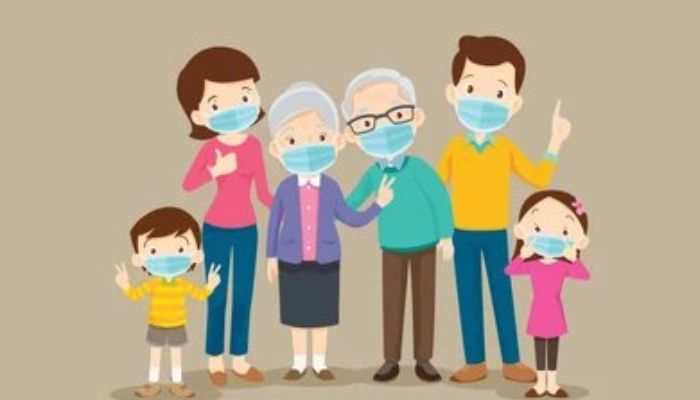As new COVID-19 variants like NB.1.8.1 and LF.7 continue to spread in India and globally, there is growing concern among the public and health authorities alike. These new strains differ significantly from older variants such as Delta and Omicron—not just in genetic composition but also in how they behave in the body. While symptoms may appear less severe, their unclear presentation makes early diagnosis and treatment challenging.
How Do the New Variants Differ?
1. Genetic Evolution
The latest COVID-19 variants, including NB.1.8.1 and LF.7, carry numerous mutations, making them genetically distinct from their predecessors. Unlike the Delta and Omicron strains, these newer versions have undergone extensive structural changes. These changes allow the virus to bypass immune responses more efficiently, which is a cause for concern. While they may resemble older variants in some ways, the underlying genetic alterations mean that existing vaccines may not be as effective. This has prompted the medical community to reassess the impact of current vaccines and booster shots against these evolving threats.
2. Nature and Progression of Illness
The symptoms presented by NB.1.8.1 and LF.7 tend to mimic those of mild seasonal colds or flu. People infected often experience minor discomfort—sore throat, mild fever, fatigue—without the severe respiratory issues that were prominent in early COVID-19 waves. These muted symptoms can lead to delays in diagnosis. Since the illness can pass as a minor cold, individuals may not realize they are infected until later, increasing the risk of transmission.
However, for the majority of healthy individuals, the infection remains mild and manageable at home. Hospitalization is rarely required, provided that timely rest and care are administered. This shift in severity is one of the only reassuring factors in the current wave.
3. Faster Transmission
One of the most notable aspects of the new variants is their increased transmissibility. The NB.1.8.1 and LF.7 strains spread more rapidly than older versions of the virus. Thanks to their structural mutations, they are better equipped to latch onto human cells and replicate swiftly, leading to faster infection rates in communities.
Though the symptoms are less intense, the speed at which these variants spread demands caution. Large gatherings, public events, and unnecessary travel are strongly discouraged to reduce the rate of transmission. Public health experts warn that even a mild virus can become problematic if it spreads unchecked through a population.
Are Current Vaccines Still Effective?
While existing vaccines continue to offer some level of protection, their efficacy against the new strains appears to be reduced. The extensive mutations have changed the virus enough to allow partial evasion of vaccine-induced immunity. Nonetheless, experts still recommend vaccination and booster doses, as they help reduce the risk of severe illness and complications. Efforts are underway to study how new vaccines or updated booster formulas can better protect against NB.1.8.1 and LF.7.
Should India Be Alarmed?
India has seen a resurgence in COVID-19 cases recently, with the count crossing the 1,000 mark this week. While the number is concerning, the low severity of symptoms in most cases offers a silver lining. The government and health institutions are emphasizing precautionary measures over panic. Vulnerable groups, such as the elderly, those with pre-existing conditions, and pregnant women, are urged to take extra precautions.
Preventive steps like wearing masks in crowded areas, avoiding large gatherings, and frequent hand sanitization remain essential. As the virus continues to evolve, staying informed and vigilant will be our strongest tools to contain further outbreaks.
Staying Safe in the Face of New Variants
The return of COVID-19 in a new form serves as a reminder that the virus is not entirely behind us. Even though the new variants seem milder, their high transmission rate and evasive traits make them a public health concern. The good news is that with appropriate precautions, vaccinations, and awareness, the threat can be managed effectively.
Continue following health updates and expert guidance from reliable sources to stay informed and protected.



